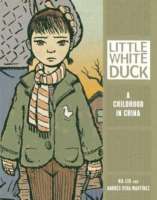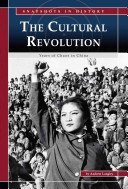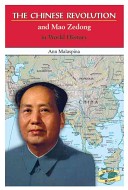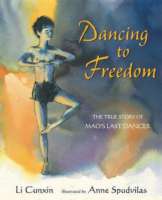
A young girl describes her experiences growing up in China, beginning with the death of Chairman Mao in 1976.
See the review at WOW Review, Volume 8, Issue 2

A young girl describes her experiences growing up in China, beginning with the death of Chairman Mao in 1976.
See the review at WOW Review, Volume 8, Issue 2

On August 18, 1966, more than 1 million young people marched into the center of Beijing. They had come to answer the call of the country’s leader, Chairman Mao Tse-tung. Mao had just launched the Cultural Revolution in China, an attack on anyone who seemed to be betraying communist ideals. The young people who came to Beijing carried Maos violent message throughout the land. During the next three years, the Cultural Revolution brought chaos and bloodshed all around China.

Mao Zedong, leader of the Chinese Revolution, rescued China from years of corrupt rule, foreign domination, and civil war. Through Mao’s tactics of guerilla warfare and peasant support, China became a Communist nation in 1949. Mao unified China under a central government, yet the legacy of his achievements — and mistakes — still lingers. By isolating China for over two decades, Mao let it lag behind the progress made in other countries. In The Chinese Revolution and Mao Zedong in World History, author Ann Malaspina relates the history of the Chinese Communist party and the People’s Republic of China during the time of Mao Zedong. Key events include the Great Leap Forward, the Cultural Revolution, and Mao’s helping China emerge from isolation by reaching out to the United States.

In a poor village in northern China, a small boy named Li Cunxin was given the chance of a lifetime. Selected by Chairman Mao’s officials from among millions of children to become a dancer, Li’s new life began as he left his family behind.
At the Beijing Dance Academy, days were long and difficult. Li’s hard work was rewarded when he was chosen yet again, this time to travel to America.
From there his career took flight, and he danced in cities around the world—never forgetting his family, who urged him to follow his dreams.